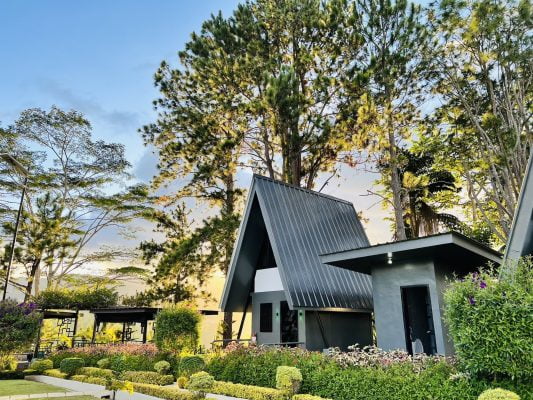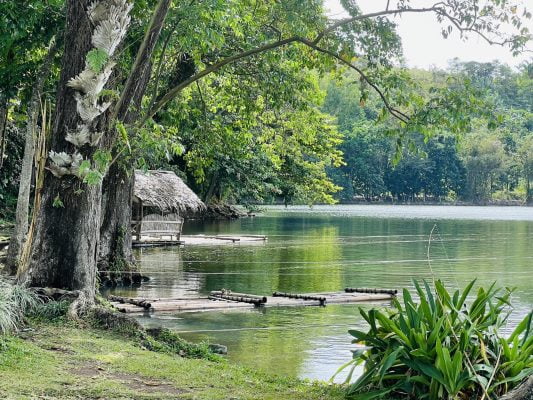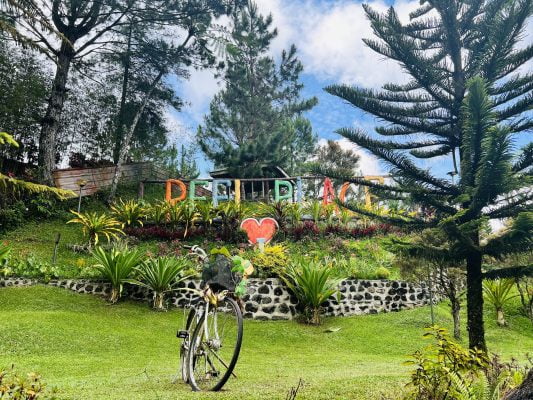The Philippines is a tropical country which lies pretty close to the equator. It is also close to the Pacific Ocean which has a great factor in its climate. The archipelago’s climate can be classified as humid subtropical, tropical monsoon, tropical savanna and tropical rainforest.
The country has two pronounced seasons: the wet and the dry seasons. These seasons are governed mainly by the monsoon winds. Amihan or the northeast monsoon blows into the Philippines starting November and well into May, bringing hot temperatures and high humidity. In most parts of the country, amihan is associated with the dry season.
On the other hand, habagat or the southwest monsoon is connected to the heavy rainfall and colder temperatures of the rainy season. Habagat prevails from June to October but this can be a little faulty. In recent years, the wet season has begun either earlier or much later than expected.
That said, the weather in the Philippines is most desirable for those who would like to escape the bitter cold of the snowy regions of the world. Its sunny beaches lure thousands of visitors from North America, Europe, Asia and even the Middle East especially during the dry season.
The Dry Season

The dry season is the best time to enjoy the natural attractions in the country, most of all the stunning beaches. Summer is also the busiest tourist period with millions of visitors arriving at the different key destinations in the country.
The Wet Season
The wet season usually becomes official the moment a tropical storm enters the Philippine Area of Responsibility. At this point, weather in the Philippines becomes a little less desirable for most, even for the locals. The season is marked by strong winds, heavy rains and lower temperatures. In most places in Luzon and Visayas, the season brings about tropical storms called bagyo which causes flooding even in urban areas, land slides and severe damage to properties.
It is not uncommon to find an entire town waist-deep in water after a night of heavy rainfall during this season. While this can be attributed to the quality of drainage systems, it is undeniable that this is also caused by bad weather conditions.
The southern cities in Mindanao are not as greatly affected by the wet season than those up north. In fact, Davao City has never seen a storm owed mainly to the presence of Mt. Apo which somehow acts as a shield from the strong winds that carry the rain clouds. Rainfall is evenly distributed throughout the year in these areas so the weather remains balmy and mild most of the time.
When to Visit
Anytime is actually a great time to visit the Philippines, depending on your interests and preferences. If you’re into beaches and diving, the best time to visit is during the summer season. However, take care not to plan your visit around Holy Week as this is the time when the beaches are too crowded, hotels are fully booked and prices for everything in tourist destinations almost triple.
November through January can be an excellent period for a visit as well. The habagat winds are starting to die down but the weather is not yet too hot for staying outside. There are also a lot of festivals and celebrations happening in December and January.
Visitors from the northern hemisphere come to the Philippines to enjoy the warm tropical sun. The sun can be enjoyed for most of the year with the exception of days when there’s a raging storm. The Philippines is an ideal destination all year but one must remember to take the necessary precaution especially when visiting during the wet season.







